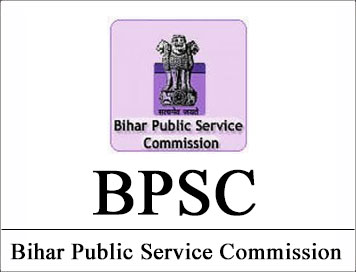
BIHAR State GK Questions (Set-37) for BPSC Exam
Q.1 : ग्रीष्मकाल में बिहार का कौन-सा शहर सर्वाधिक गर्म रहता है ?
(a) भागलपुर
(b) पटना
(c) मुजफ्फरपुर
(d) गया
Q.2 : बिहार में ग्रीष्मकाल की अवधि होती है ?
(a) मार्च से मध्य जून तक
(b) फरवरी से मई तक
(c) जनवरी से अप्रैल तक
(d) मार्च से जुलाई तक
Q.3 : ग्रीष्मकाल में चलने वाली गर्म हवाओं को बिहार में कहॉं जाता है ?
(a) गर्म मानसून
(b) गर्म वायु
(c) हारमेटन
(d) "लू"
Q.4 : बिहार में कहॉं के मानसून से वर्षा होती है ?
(a) अरब सागर
(b) हिन्द महासागर
(c) बंगाल की खाड़ी
(d) इनमें से कोई नहीं
Q.5 : बिहार राज्य में किस प्रकार के वनों को शामिल नहीं किया गया है ?
(a) शुष्क पर्णपाती वन
(b) तराई वन
(c) सदाबहार वन
(d) अर्द्धपर्णपाती वन


